Center for Oral History » Oral Histories
Communities
Explore the oral histories below or browse the entire Communities archive at ScholarSpace.

The Closing of Sugar Plantations: Interviews with Families of Hamakua and Kaʻu, Hawaiʻi
These are life history interviews conducted with displaced Hamakua Sugar Company and Ka‘u Agribusiness Company workers and their families. The workers or their spouses were surveyed earlier for a Center on the Family research project on job loss. August 1997, 598 pages, 2 volumes, photographs.
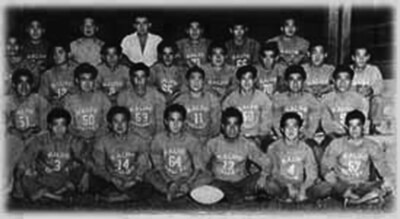
Kalihi: Place of Transition
In this community-focused project, long-time residents talk about their experiences in Kalihi, a multi-ethnic working-class area of O‘ahu. June 1984, 1120 pages, 3 volumes, photographs.
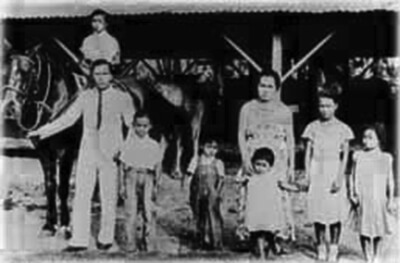
Koloa: An Oral History of a Kaua‘i Community
Thirty-three residents describe life, past and present, in Koloa, the site of the first commercial sugar plantation in Hawai‘i. September 1988, 1518 pages, 3 volumes, photographs.
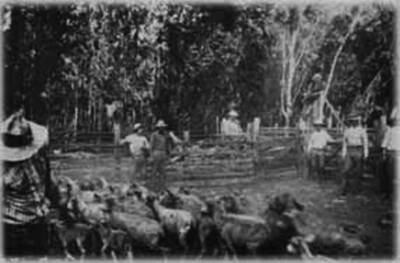
Lana‘i Ranch: The People of Ko‘ele and Keomuku
Detailed descriptions of the daily lives of cowboys, their spouses and children, and other ranch residents. July 1989, 934 pages, 2 volumes, photographs.
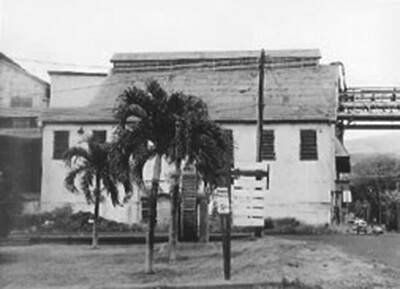
Pioneer Mill Company: A Maui Sugar Plantation Legacy
Eighteen former workers and residents of Pioneer Mill Company on Maui comment on such topics as childhood activities, family dynamics, camp housing, plantation employment, and union and community involvement. Also discussed are the decline of the sugar plantation and the closing of Pioneer Mill Company. December 2003, 508 pages, 1 volume, photographs.
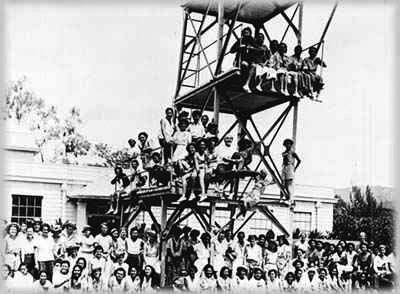
Reflections of Palama Settlement
Twenty-nine individuals recall their life experiences and articulate the significance the Palama Settlement has had for themselves, Palama residents, and others. August 1998, 852 pages, 2 volumes, photographs.
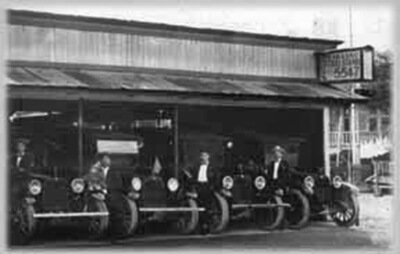
Remembering Kaka‘ako: 1910–1950
A controversial area undergoing redevelopment, Kaka‘ako was once known as the toughest district in Honolulu. Twenty-six former residents discuss sports, community organizations, and the old neighborhood as it was when Kaka‘ako was home to 5,000 of the city's working class. December 1978, 1252 pages, 2 volumes, photographs.
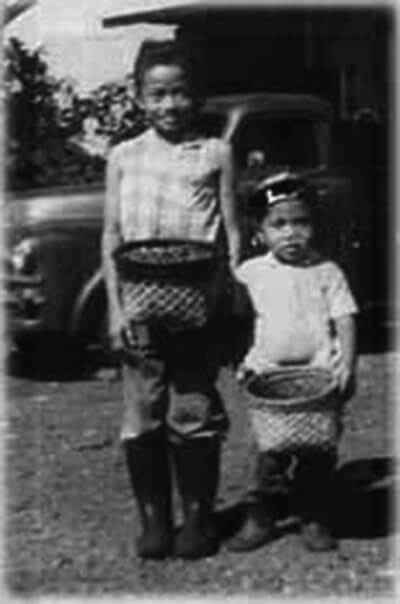
A Social History of Kona
The changing lifestyles of Kona (at one time the largest community in Hawai‘i outside of the sugar plantation system, and the only area in the United States to grow coffee commercially for over 100 years) are documented. June 1981, 1727 pages, 2 volumes, photographs. Slide/tape show on videotape available.
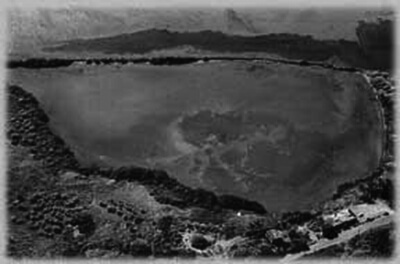
‘Ualapu‘e, Moloka‘i: Oral Histories from the East End
Thirteen interviewees talk about the ‘Ualapu‘e Fishpond project, the historical and cultural role of fishponds, and everyday life on East End, Moloka‘i. June 1991, 576 pages, 2 volumes, photographs.
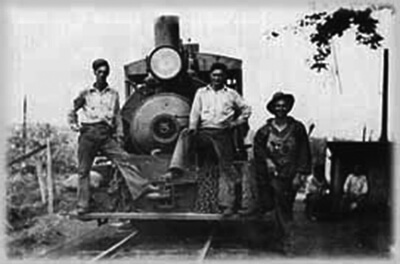
Waialua and Hale‘iwa: The People Tell Their Story
The histories of Waialua, one of O‘ahu's few remaining sugar plantations, and Hale‘iwa, a neighboring town, as told by Caucasian, Chinese, Filipino, Hawaiian, Japanese, Korean, Portuguese, and Puerto Rican senior citizens. May 1977, 1880 pages, 9 volumes. Slide/tape show on videotape available.
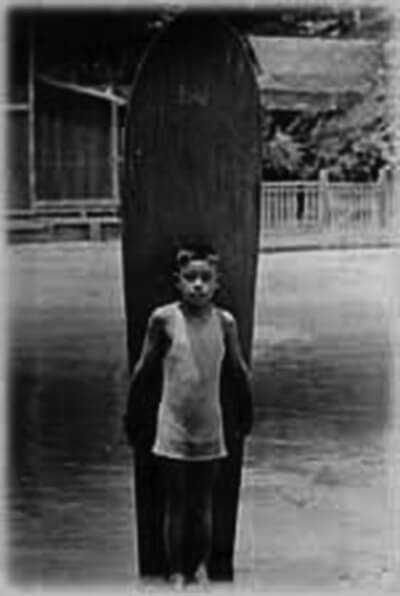
Waikiki, 1910–1985: Oral Histories
Study of a community's transformation from taro fields, duck ponds, and bungalows to nightclubs, curio shops, and towering hotels, as observed by fifty long-time residents, workers, and business operators. June 1985, 1999 pages, 3 volumes, photographs.
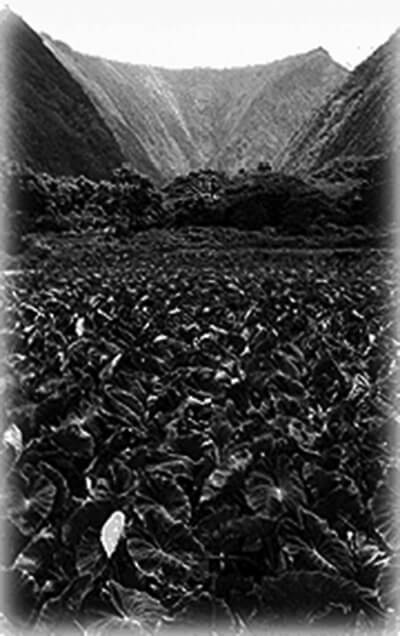
Waipi‘o: Mano Wai (Source of Life)
Old-timers recall taro farming and daily life in this remote Big Island valley and talk about the many changes that occurred in the first half of the century. Young residents and old discuss their visions for the future of Waipi‘o and taro. December 1978, 1335 pages, 2 volumes, photographs. Slide/tape show on videotape available.